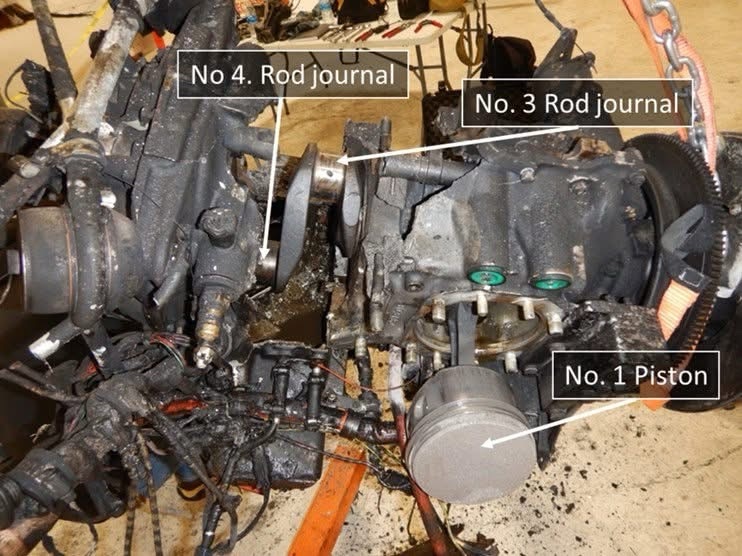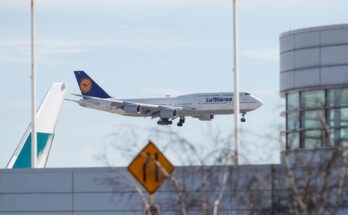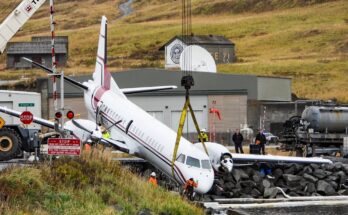
N453DS DIAMOND DA 40 Spanish Fork Utah 21 DEC 2023
2 POB – No Injuries
Pilot Flight Time: 147 hours (Total, all aircraft), 41 hours (Total, this make and model)
On December 21, 2023, about 1653 mountain standard time, a Diamond Aircraft Industries DA 40, N453DS, was substantially damaged when it was involved in an accident near Spanish Fork, Utah. The pilot and passenger were not injured.
According to the pilot, he and his brother departed Spanish Fork Municipal Airport (SPK) for a local flight that lasted about 36 minutes. While about 5 miles west of SPK, at an altitude of about 10,500 ft mean sea level (msl), they heard a loud sound and saw something depart through the top of the engine cowling. The engine began to run rough along with smoke emanating from the engine area. The pilot noticed that the oil pressure had dropped to zero and the audible oil pressure alarm had activated. The pilot turned the fuel selector valve to OFF, pulled the mixture to idle cutoff, and opened the window to remove thick smoke as they made an emergency descent. He stated that during the descent, sparks and pieces of metal were coming out of the engine cowling. The pilot configured the airplane for landing, and upon touchdown on runway 12, the nosewheel collapsed. The pilot and passenger exited the airplane unassisted. The pilot saw flames emanating from the airplane but elected not to try to put the fire out himself.

Examination of the engine revealed the engine case was fractured into multiple large sections, which exposed the internal components of the engine. The left magneto was not secured and had fallen from the magneto mounting pad. The left magneto mounting hardware and hold-down clamps remained on the mounting studs but were near the ends of the studs with no stud threads exposed beyond the nuts. The magneto mounting flange and the magneto mounting pad for the left magneto did not exhibit damage that would have allowed the magneto to separate.
Further examination of the engine revealed damage to the valvetrain, including a fractured cam shaft. Damage to the rotating and reciprocating group included fractured connecting rods, scored and fractured pistons, and damage to all but one bearing journal, consistent with frictional forces from bearing surfaces in excessive, inadequately lubricated contact. Examination of the oil filter revealed metallic debris within the pleats of the filter that consisted of phosphor bronze material, which was consistent with the material used in bearings. According to the pilot, the oil level was just above the 6-quart line when he checked it during the preflight inspection.
The postaccident examination of the airframe revealed that the fire thermally damaged the airplane from the engine nacelle to the aft section of the cockpit and from the root of both wings outboard about 6 ft. Examination of the remaining airframe revealed no evidence of a mechanical malfunction or failure that would have precluded normal operation.
Review of the maintenance logbooks revealed the left magneto was replaced on December 20, 2023; however, the writeup was incorrectly dated December 21, 2023. According to the Director of Maintenance, he replaced the left magneto on the day before the accident. He used new hardware and secured the hardware to the required torques. According to the operator, the airplane had flown about 4.9 hours with the new magneto. The pilot reported that the accident flight was about 36 minutes in duration.

Probable Cause and Findings:
Maintenance personnel’s improper installation of the left magneto, which resulted in oil starvation to the engine and a subsequent total loss of engine power.


